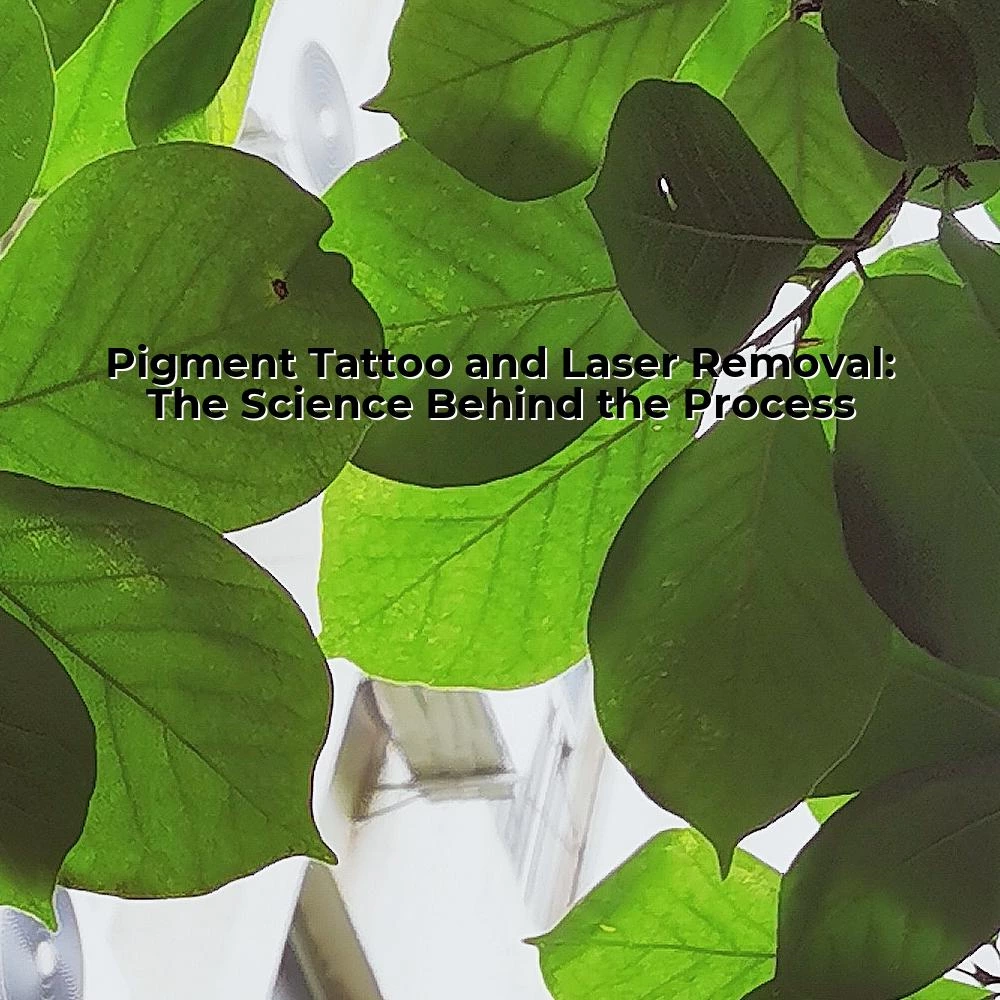Pigment Tattoo and Laser Removal
| Visit:83

Pigment Tattoo and Laser Removal
To understand the science behind pigment tattoo and laser removal, it is necessary to first comprehend what happens when a tattoo is inked onto the skin. As explained on ciellulu.net, the tattoo process involves the introduction of colored pigment into the deep, dermal layer of the skin. Needles puncture the skin at a rapid rate, depositing the pigments into the dermis, a deeper, stable layer that is less likely to shed or peel, ensuring longevity of the tattoo.
Although this process results in a visually appealing and long-lasting design, it can also render tattoo removal somewhat challenging. The human body naturally perceives the tattoo ink as a foreign substance and activates its immune response. However, due to the large size of ink particles used in tattoos, it becomes impossible for the body to effectively eliminate them. This is the main reason why tattoos can stand the test of time.
So how does pigment tattoo and laser removal technology come into play? The fundamental principle residents in breaking down these ink particles into smaller fragments, which the body can then more easily eliminate through its immune system. This is essentially achieved through the application of specific wavelengths of laser light which selectively target the tattoo pigment.
In detail, these lasers operate on a principle known as Selective Photothermolysis. This concept utilizes specific wavelengths of light that are absorbed by the target pigment, in this case, the tattoo ink. Upon absorption, the pigment heats up and shatters into smaller pieces. Interestingly, the surrounding tissue remains unaffected due to the precise targeting of these laser wavelengths.
The pigment particles, once broken down by the laser, are then cleared away by the body's immune system. The macrophages, which are the body's clean-up cells, engulf these tiny particles and transport them to the lymphatic system. As a result, the tattoo gradually fades over a series of laser treatments.
The effectiveness of this pigment tattoo and laser removal method depends on the specific characteristics of the tattoo and individual differences among patients. Factors influencing the success rate of the process include the color and type of the tattoo ink, the depth at which the ink was applied, and the individual's immune response.
In conclusion, pigment tattoo and laser removal harmonizes science and technology to effectively eliminate unwanted tattoos. It is a product of our increasing comprehension of the interactions between light wavelengths, pigment particles, and the human body's defense system. As science continues to evolve, we can anticipate further advancements in this facet of aesthetic medicine, driving higher levels of precision, effectiveness, and safety in tattoo removal procedures.
Source: Pigment Tattoo and Laser Removal




 Ciellulu Laser - Facial Machine Supplier
Ciellulu Laser - Facial Machine Supplier

